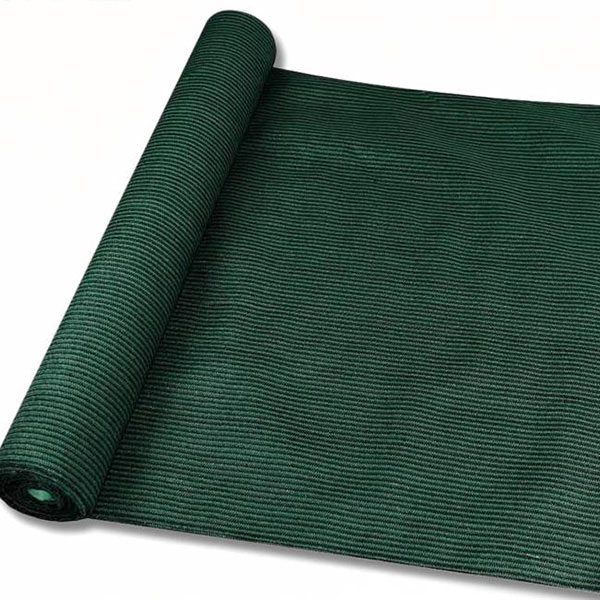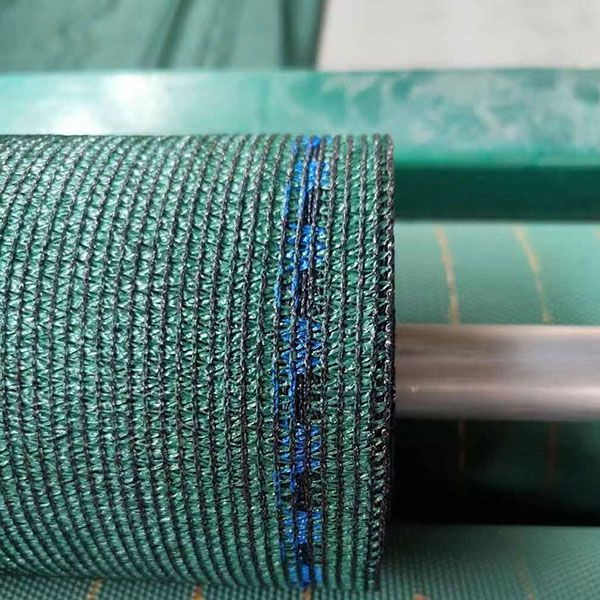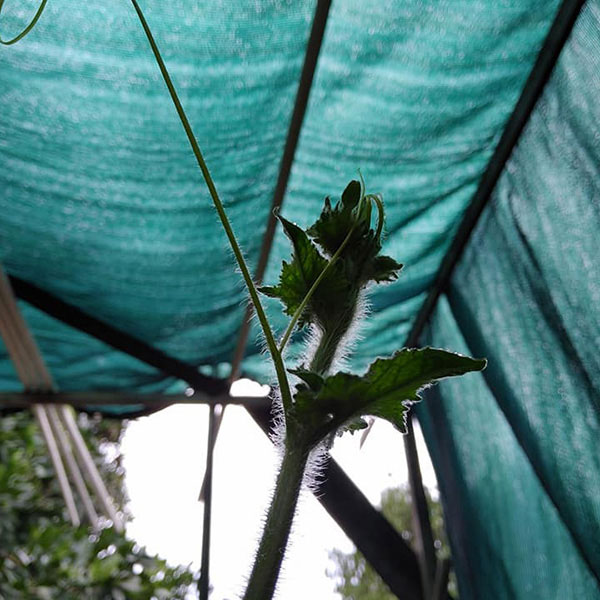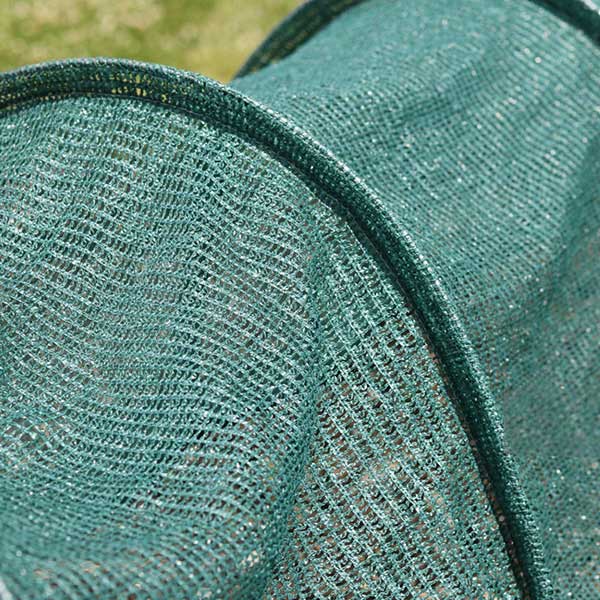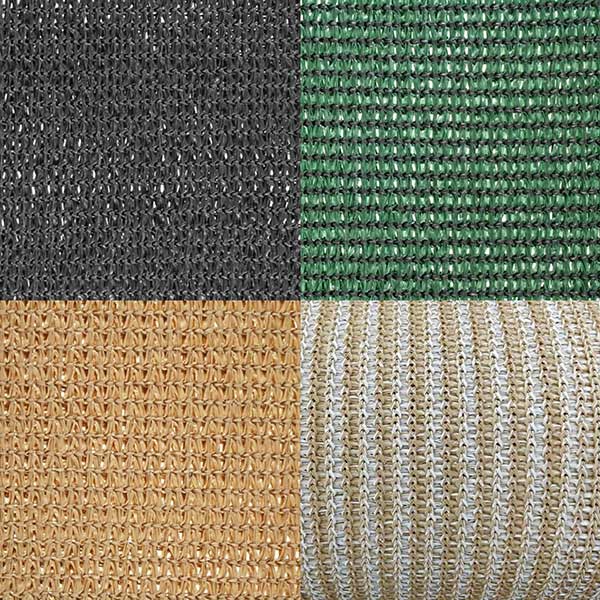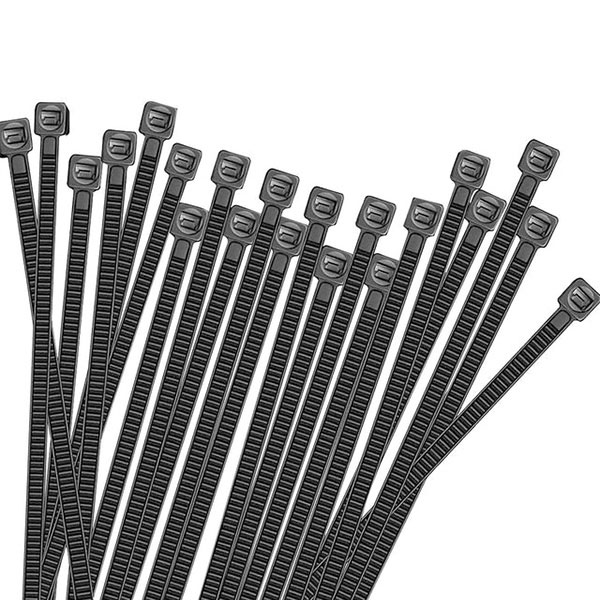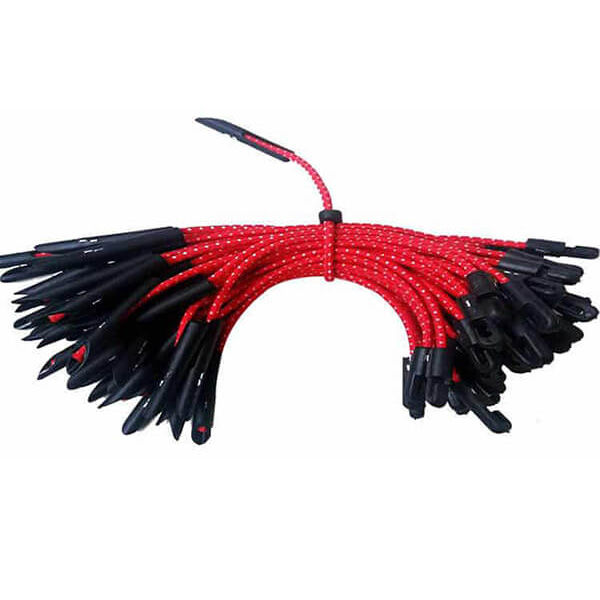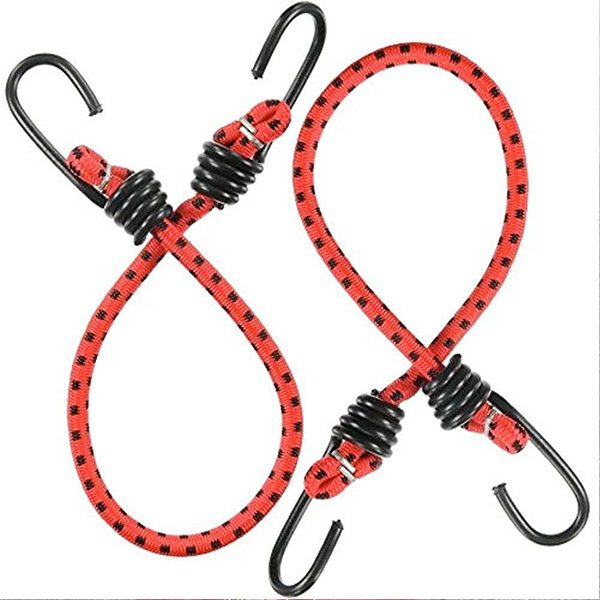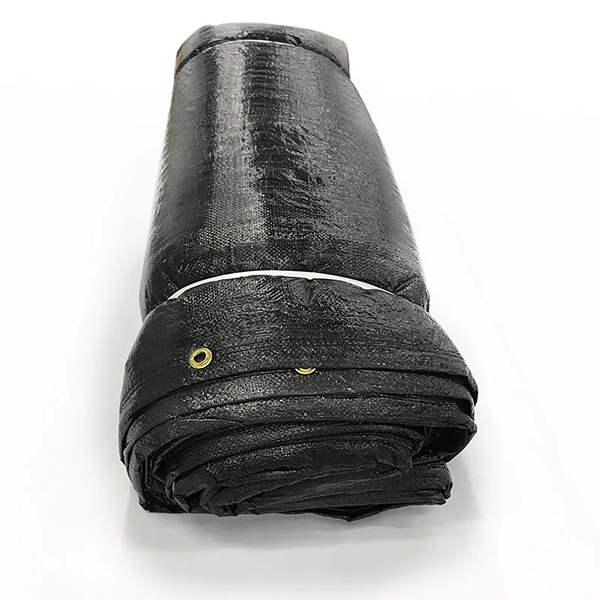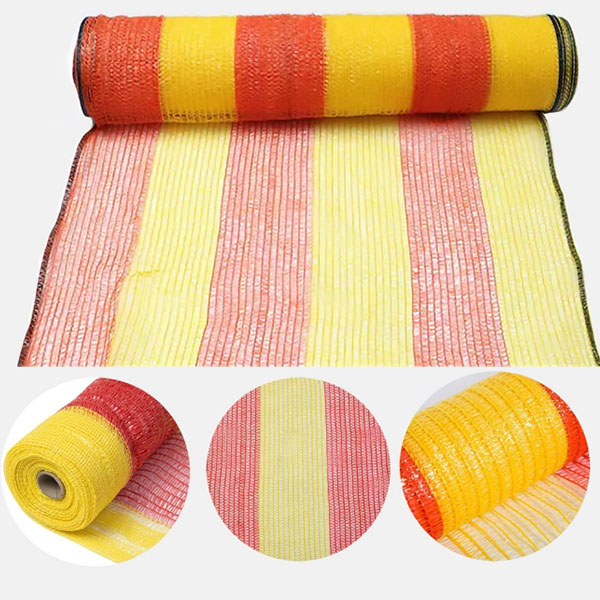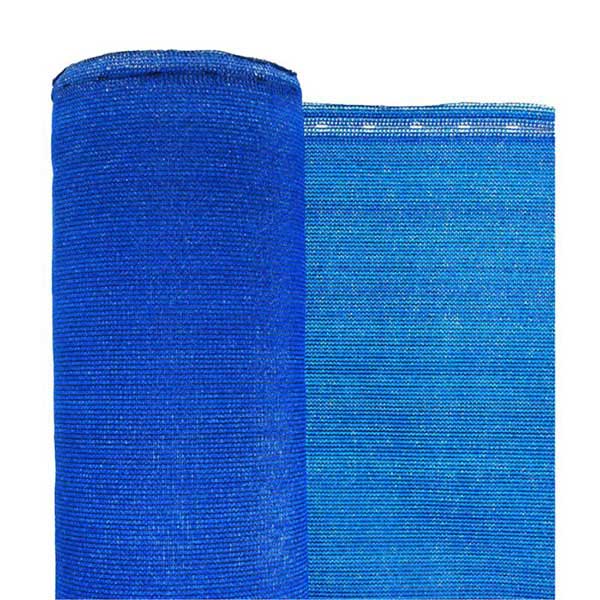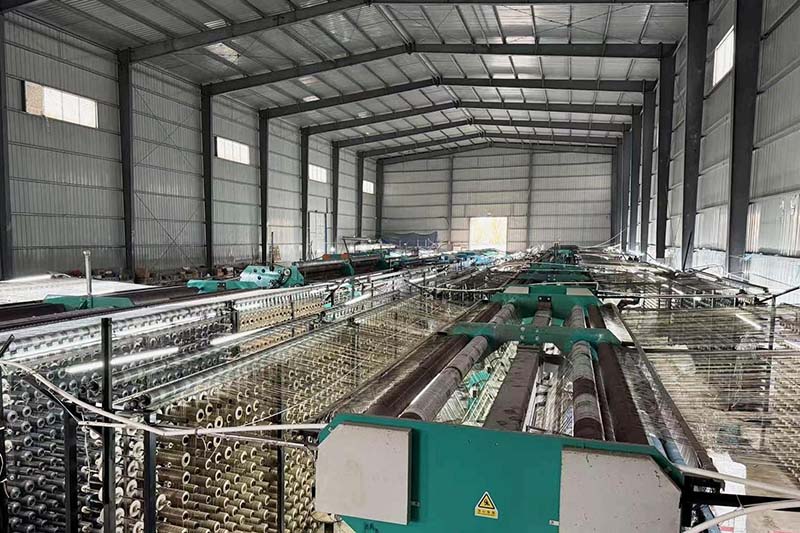The Ultimate Guide to Greenhouse Shade Cloth: Protect Your Crops Efficiently
Greenhouse shade cloth is an essential tool for modern farming. It helps regulate temperature, control sunlight exposure, and protect crops from harsh weather. Choosing the right shade cloth and understanding its applications can significantly improve your greenhouse’s efficiency and crop yield. This guide will provide a complete overview of greenhouse shade cloth, its benefits, types, installation tips, and maintenance strategies, all optimized according to Google’s SEO guidelines.
What is Greenhouse Shade Cloth?
Greenhouse shade cloth is a woven or knitted fabric designed to reduce the intensity of sunlight entering a greenhouse. Unlike traditional greenhouse covers that trap heat, shade cloth provides controlled shading while allowing air and water to pass through. It protects plants from excessive sunlight, reduces heat stress, and maintains an optimal growing environment.
Benefits of Using Shade Cloth in Greenhouses
Using a shade cloth in your greenhouse offers several advantages:
- Temperature Regulation: Shade cloth reduces solar heat gain, keeping the greenhouse cooler during hot summer months. Maintaining a stable temperature helps prevent plant stress and promotes healthy growth.
- Protection from UV Radiation: High-intensity sunlight can damage delicate plants. Shade cloth blocks harmful UV rays, preventing leaf burn and improving crop quality.
- Improved Water Efficiency: Shade cloth reduces evaporation, helping maintain soil moisture and lowering water usage.
- Extended Growing Seasons: By moderating temperature fluctuations, shade cloth allows for year-round production of temperature-sensitive crops.
- Pest and Bird Control: Some shade cloths act as a physical barrier against insects and birds, reducing crop losses.
Shade Percentage: Choosing the Right Coverage
Shade cloth is available in various shading percentages, usually ranging from 30% to 90%. Selecting the correct shade percentage is crucial for crop health:
- 30-40% Shade: Suitable for vegetables and plants that require moderate sunlight.
- 50-60% Shade: Ideal for most greenhouse crops, balancing light and temperature.
- 70-90% Shade: Best for plants sensitive to strong sunlight, such as orchids and lettuce.
Always consider your local climate and crop type when choosing a shade percentage. Over-shading can reduce photosynthesis, while under-shading may cause heat stress.
Greenhouse Shade Cloth Colors
Shade cloth comes in various colors, and the color you choose can significantly affect plant growth, temperature control, and light diffusion:
- Black Shade Cloth: The most common choice, black provides uniform shading and blocks sunlight effectively. It is ideal for general-purpose shading and heat reduction.
- Green Shade Cloth: Often preferred in nurseries, green blends with the greenhouse environment and provides moderate shading. It can enhance photosynthesis by slightly filtering sunlight.
- White Shade Cloth: Reflects more sunlight and keeps the greenhouse cooler than black or green cloth. White cloth is suitable for very hot climates and helps prevent overheating.
When selecting a color, consider your local climate, greenhouse structure, and plant type. Black and green are versatile, while white is the best for extreme heat conditions. Choosing the right color maximizes shading efficiency and promotes healthy, robust crops.
Maintenance and Longevity
To maximize the lifespan of your shade cloth, regular maintenance is essential. Periodically cleaning it with water and mild detergent removes dust and dirt that can reduce its effectiveness. It’s also important to inspect the cloth for any tears or frayed edges, as addressing small damages early prevents them from worsening. If the shade cloth is not needed year-round, consider removing it during the off-season and storing it in a dry, shaded area.

